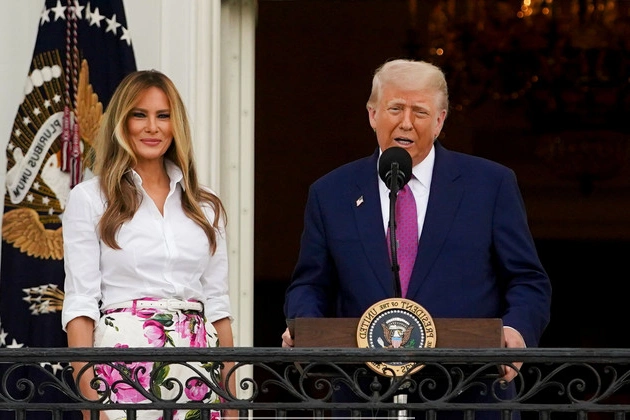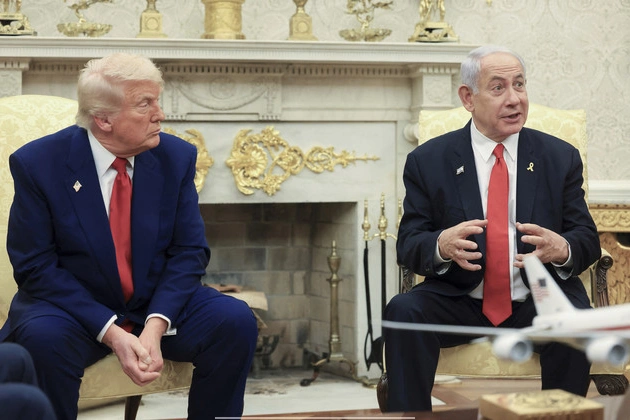
Oil prices have experienced a significant surge following Israel’s recent attack on Iran, creating a challenging economic scenario for President Donald Trump. The escalating tensions have led to a rapid increase in energy prices, with the world benchmark oil price reaching $73 a barrel as of noon Eastern time Friday, marking an $8 increase since early Wednesday. Analysts predict further price hikes if the conflict expands, with the potential for oil prices to spike to $100 a barrel if disruptions occur in oil shipments from the Middle East.
Impacts on the Energy Market
The ongoing conflict is expected to have direct repercussions on American consumers, particularly in the form of higher gasoline prices. Experts anticipate a potential rise of up to 25 cents per gallon in the coming weeks, with regular gasoline prices already averaging $3.13 per gallon on Friday. This situation presents a challenge for President Trump, who has previously emphasized the importance of reducing energy prices.
Geopolitical tensions resulting in price spikes pose a significant risk to the economy, potentially leading to a recession. Analysts warn that such fluctuations in oil prices could have a more substantial impact than inflation, highlighting the need for proactive measures to stabilize the market.
Challenges for the White House
Every administration recognizes the negative consequences of rising gasoline prices on public sentiment. For President Trump, a substantial increase in fuel costs could amplify concerns about the effectiveness of his economic policies, particularly the impact of tariffs on the overall economy.
The White House is closely monitoring the situation, as any further escalation in the conflict could intensify pressure on President Trump. Potential targets on Iran’s oil infrastructure or export facilities could lead to additional price spikes, further straining the global energy market.
Policy Responses and Limitations
Despite the challenges posed by escalating tensions, President Trump’s options to address the situation are limited. While he can leverage diplomatic channels to urge restraint from involved parties, his ability to influence market dynamics is constrained.
One potential strategy involves releasing oil from the Strategic Petroleum Reserve to stabilize prices. However, the reserve’s current levels are lower than in previous years, limiting the extent to which President Trump can intervene effectively.
Furthermore, the administration emphasizes its efforts to reduce regulatory barriers in the energy sector to mitigate price fluctuations. While supply and demand dynamics largely dictate oil prices, the government aims to create a conducive environment for energy production and consumption.
Future Outlook and Market Dynamics
Despite the recent price surges, analysts suggest that the market may stabilize if the conflict subsides. The fluid nature of the situation leaves room for price retracements, particularly if no significant supply shocks occur in the near term.
While the initial decline in oil prices may cushion the impact on consumers, President Trump faces ongoing challenges in fulfilling his campaign promises of reducing energy costs. The political significance of energy prices remains a critical issue for the administration, requiring a nuanced approach to balance economic considerations with public expectations.











